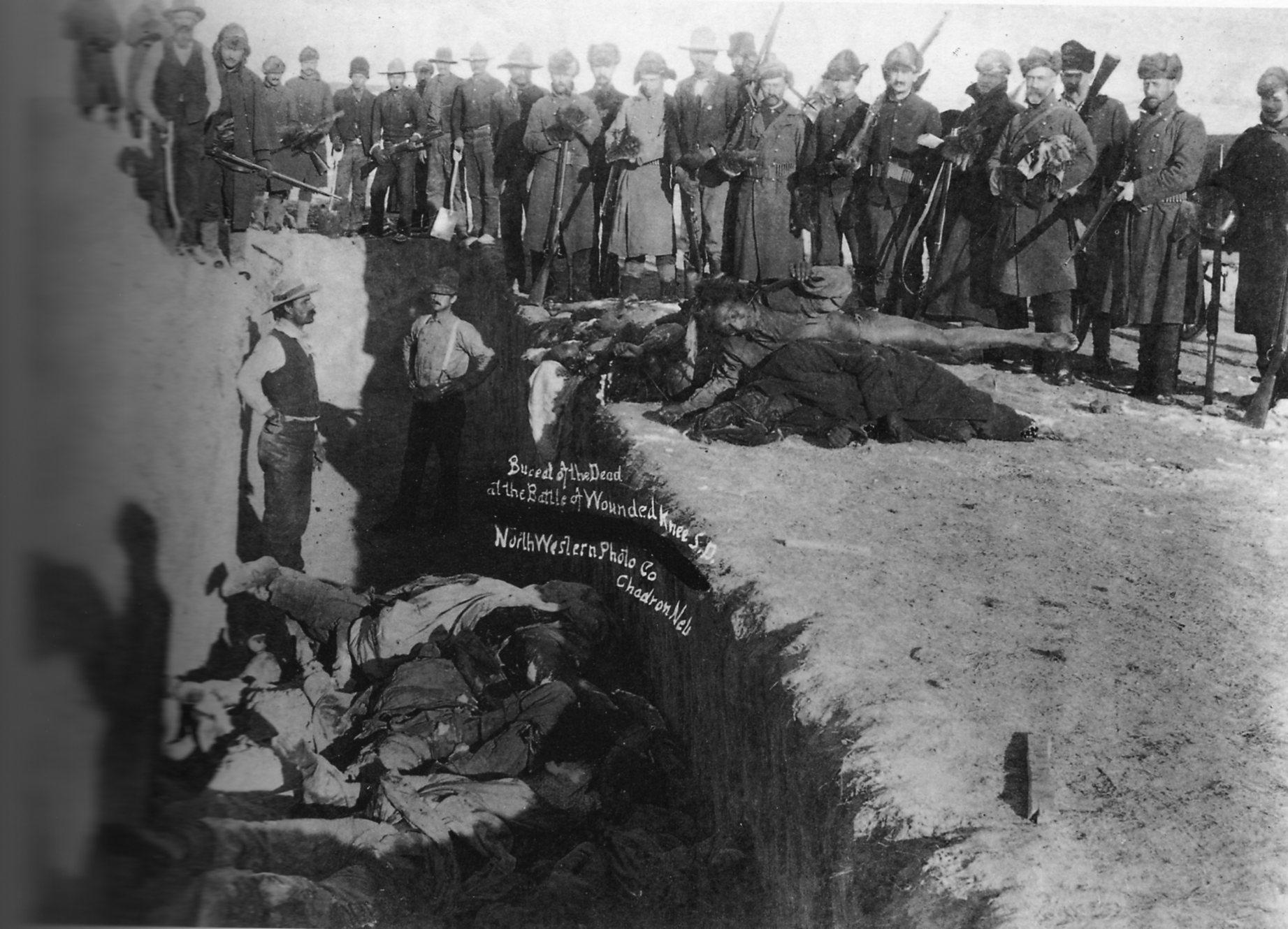
Marked Culmination of a Long Process of Genocide That is Still Sugarcoated in Most History Textbooks
“Our nation was born in genocide. We are perhaps the only nation which tried as a matter of national policy to wipe out its indigenous population. Moreover, we elevated that tragic experience into a noble crusade. Indeed, even today we have not permitted ourselves to reject or feel remorse for this shameful episode.”
Those words were spoken by Martin Luther King Jr in his 1963 book “Why We Can’t Wait.”
Of course, the U.S. was not the only nation who tried as a matter of policy to wipe out its indigenous people–Canada, Australia and others did the same. But the thrust of what King was saying is correct.
The month of December is filled with various kinds of celebrations and festivities; however, there is one event that always seems to be conveniently overlooked by the wider society. This December 29 marks the 131st anniversary of the massacre of the Native people at Wounded Knee. Wounded Knee is located on the Pine Ridge Reservation in South Dakota.
What Whites as a collective do not understand, approve, or develop they demonize, ridicule or attack. Part of the background to the Wounded Knee massacre, lies in the spiritual of the Ghost Dance Movement practiced by some of the Native Nations, among them the Sioux people. After the surrender of the Sioux Nation in the 1876-1877 war, the government drove the Sioux out of Nebraska, all that was left to them was 35,000 square miles of almost useless land.
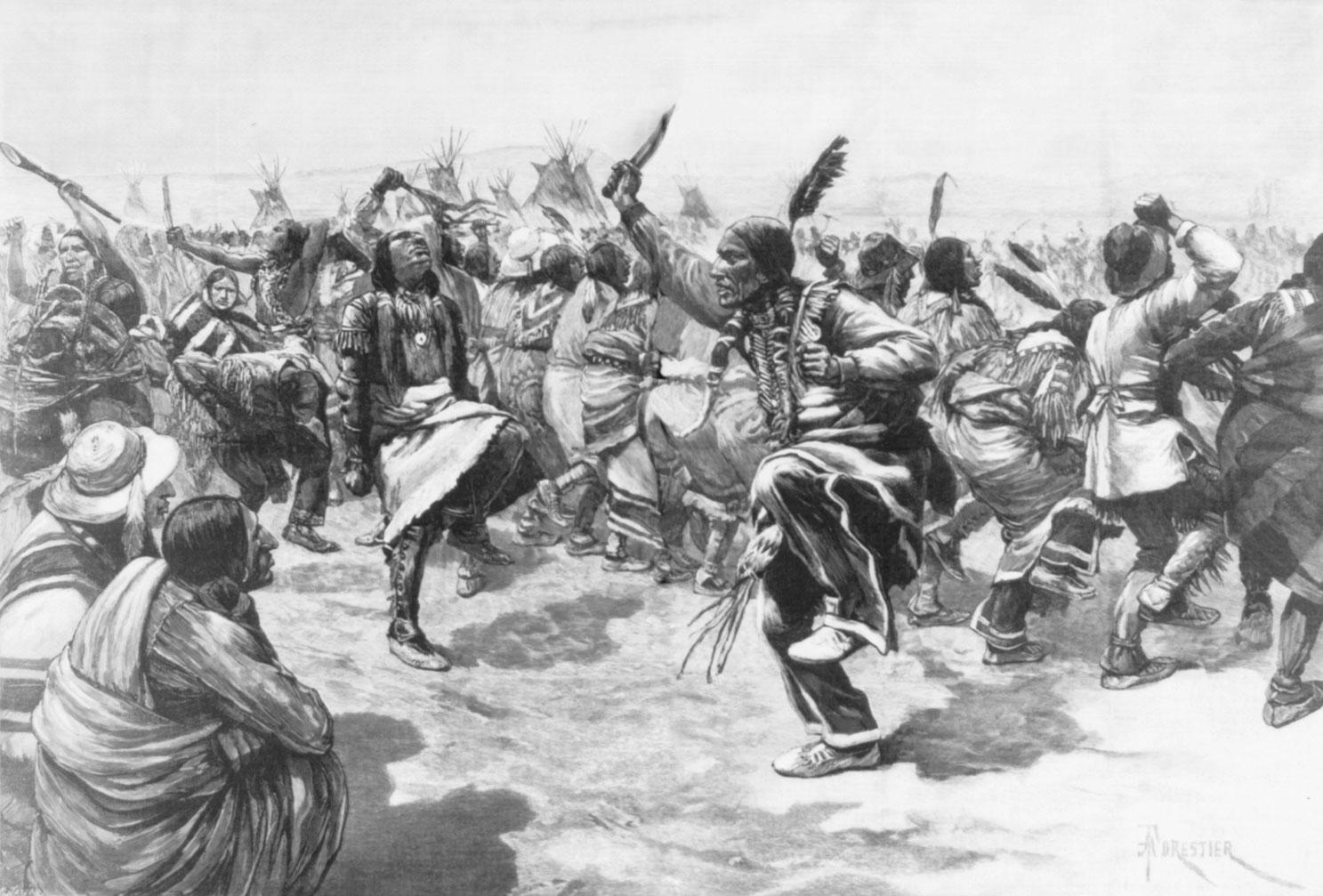
After protests and compromises between the Native Nations and the government, groups settled in various parts of the territory. The 35,000 square miles of land given to the Great Sioux Reservation was mostly taken away eventually from the Native people.
When the Sioux killed George Armstrong Custer of the 7th Cavalry Regiment, the U.S. Army wanted revenge. Sitting Bull, the great Sioux chief was in exile in Canada with some of his followers, where they stayed for four years; this partly explains why the government intruders were successful in retaking most of the land from the Sioux.
The government tried to convince Sitting Bull to return to the United States with the condition that, they surrender all weapons and horses as; they were considered a threat to the United States, the British Government, and the Royal Mounted Police in Canada. Chief Sitting Bull and some of his followers eventually returned to the United States and was very influential among many of the other Nations.
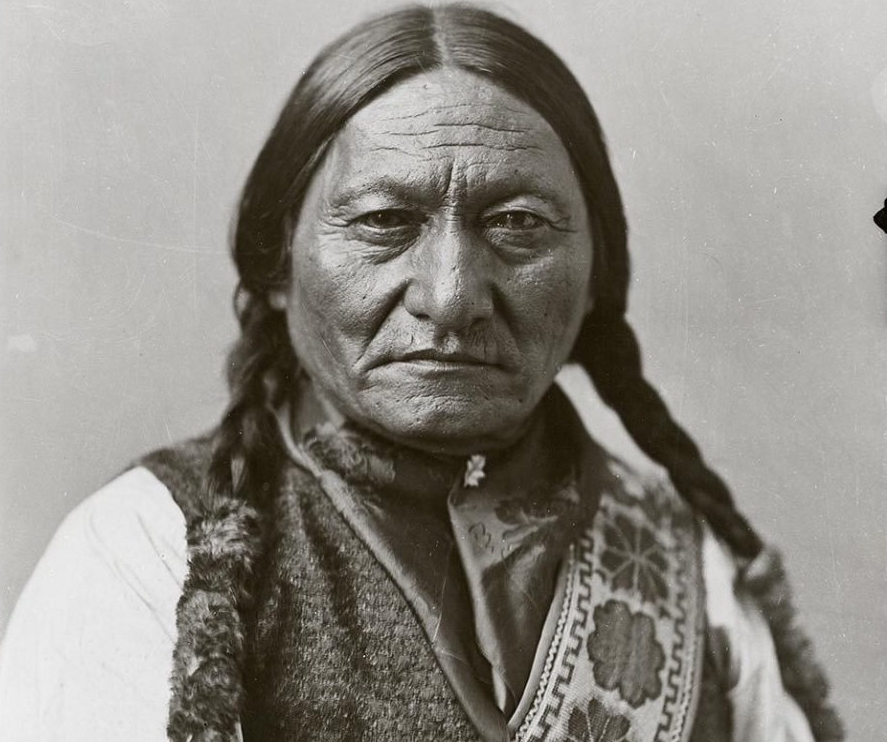
Sitting Bull [Source: wondoropolis.org] 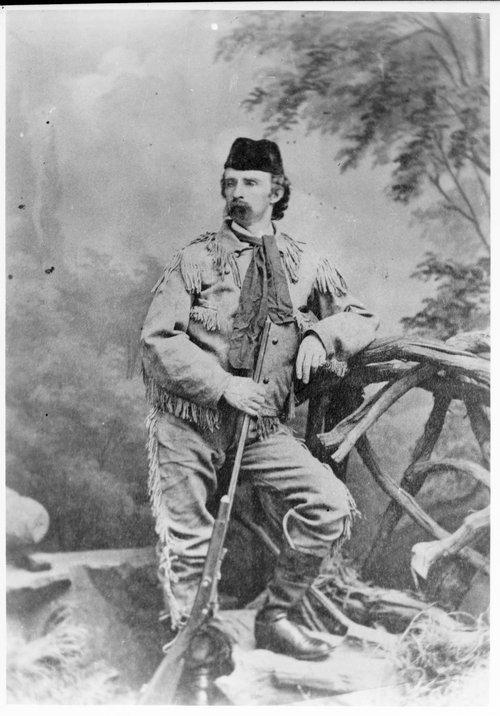
George Armstrong Custer [Source: kshs.org]
Many of the Native people of the Reservation believed in and practiced what was known as the Ghost Dance; a ritualistic dance based on the belief that the dead would come back to life and that non-believers would be destroyed. Sitting Bull was very skeptical.
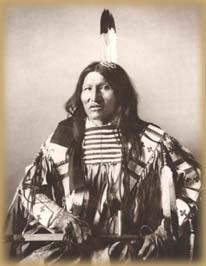
The popularity of the Ghost Dance among the Native people worried the government and soldiers were brought into some Reservations to stop the ceremonies. Indian police were sent to the Reservation to remove and arrest Kicking Bear who went to Standing Rock to teach Chief Sitting Bull’s people the Ghost Dance. Sitting Bull took no action against Kicking Bear, and it was suggested that he be arrested and jailed in a military prison.
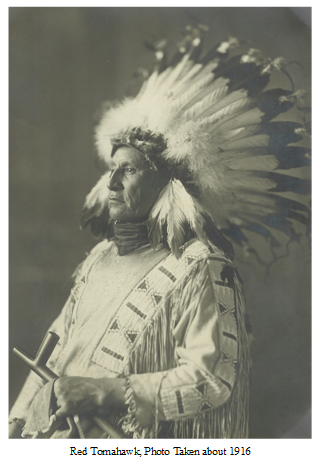
On December 15, 1890 forty-three Indian police surrounded the cabin of Sitting Bull while at the same time a group of cavalry stood in waiting as support some miles away. While being taken away by Indian Affairs agents, the leader of the arrest team was shot, in retaliation he fired hitting Sitting Bull instead; a traitor named Red Tomahawk would assassinate Sitting Bull on the spot.
Because of the influence of the Ghost Dance, the Sioux people took no retaliation; instead hundreds fled from Standing Rock to nearby Ghost Dance camps or with Chief Red Cloud at Pine Ridge. On the morning of December 29, 1890, the United States army’s 7th cavalry surrounded a group of Ghost Dancers whose leader was Big Foot a Lakota Sioux chief.
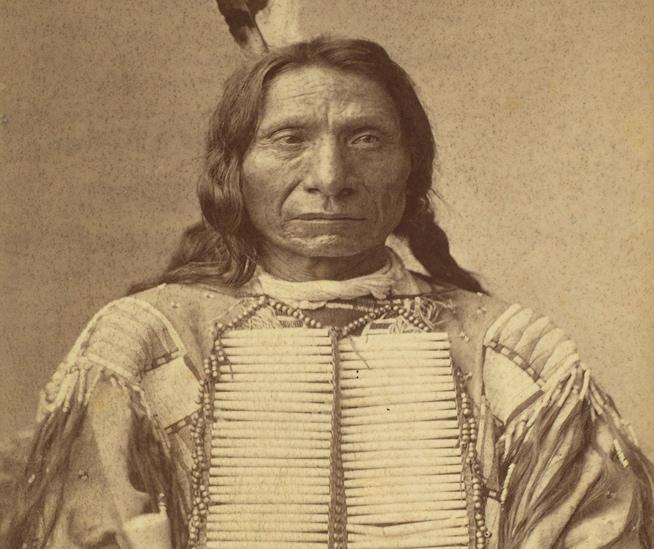
Chief Red Cloud [Source: biography.com] 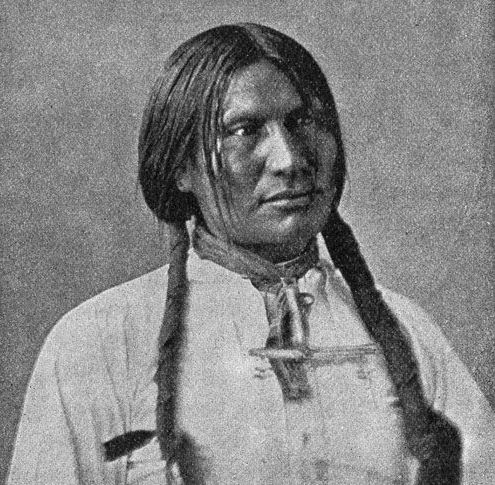
Chief Big Foot [Source: newworldencyclopedia.com]
The soldiers demanded that the men surrendered and hand over all their weapons; not satisfied with the number of weapons surrendered, the soldiers raided the tents confiscating axes and knives; only two guns were found from the raid. A fight later ensued between a native and a soldier, a shot was fired, and reports stated nobody knew by whom.
The soldiers immediately opened fire indiscriminately on the unarmed people killing men, women, and children, using Hotchkiss Mountain Guns sited on hills overlooking the camp. When the massacre stopped 153 native people were killed nearly half of them women and children; the cavalry suffered disproportionate losses; 29 soldiers killed and 39 wounded.

One estimate is that the final toll nears 300 of 350 men, women and children who were in the camp; on top of this the indignity that followed was deplorable. Many of the killed or dying were left to lie where they had fallen and later froze from the snowstorm that followed later that day.
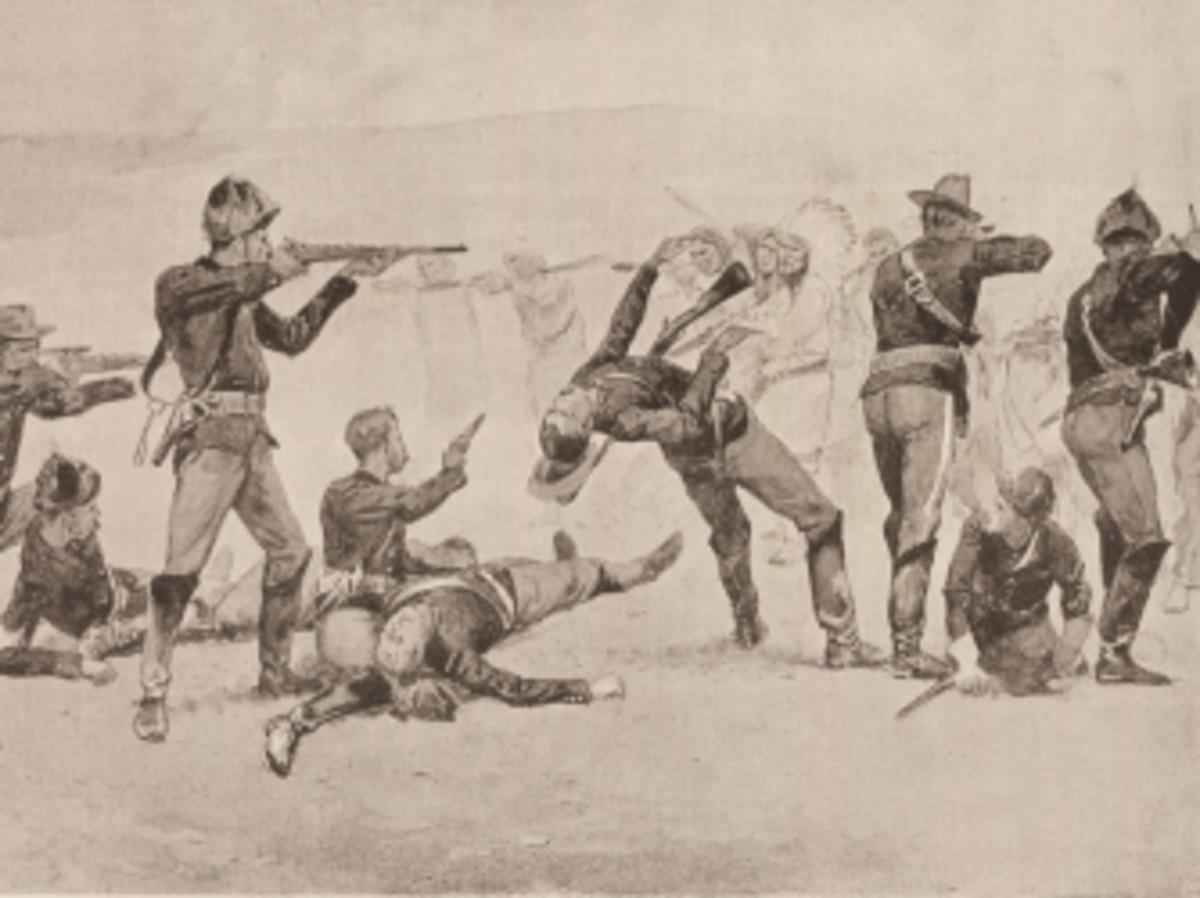
The deplorable scene is best described in a quote by Black Elk in the book Bury My Heart at Wounded Knee by Dee Brown.
Black Elk said:
I did not know then how much was ended. When I look back now from this high hill of my old age, I can still see the butchered women and children lying heaped and scattered all along the crooked gulch as plain as when I saw them with my eyes still young. And I can see that something else died there in the bloody mud and was buried in the blizzard. A people’s dream died there. It was a beautiful dream….the nation’s hoop is broken and scattered. There is no center any longer, and the sacred tree is dead.
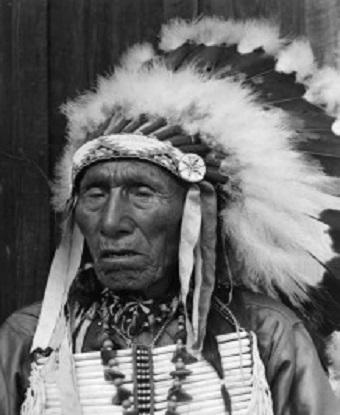
On that infamous day of December 29, 1890, the U.S. government fueled by the doctrine of white supremacy, carried out one of its many atrocities that have repeated themselves dozens of times over—in places like My Lai, No Gun-Ri, Bola Baluk, Baghuz, the Plain of Jars and Kunduz among others around the world where the U.S. army has slaughtered native peoples.

These latter crimes reiterate that America’s unwillingness to “reject or feel remorse for this shameful episode [genocide of natives],” as Martin Luther King Jr. put it, continues, and is embedded in the ideology of white supremacy and great power chauvinism that drives imperialist policies.
To this day, each successive Administration has only given hypocritical lip service in acknowledging the atrocities meted out to the Native people. Whether it is the disparity in the allocation of resources for development; the imprisonment of Leonard Peltier or the activists protesting the Enbridge pipeline, Native-Americans are still oppressed.
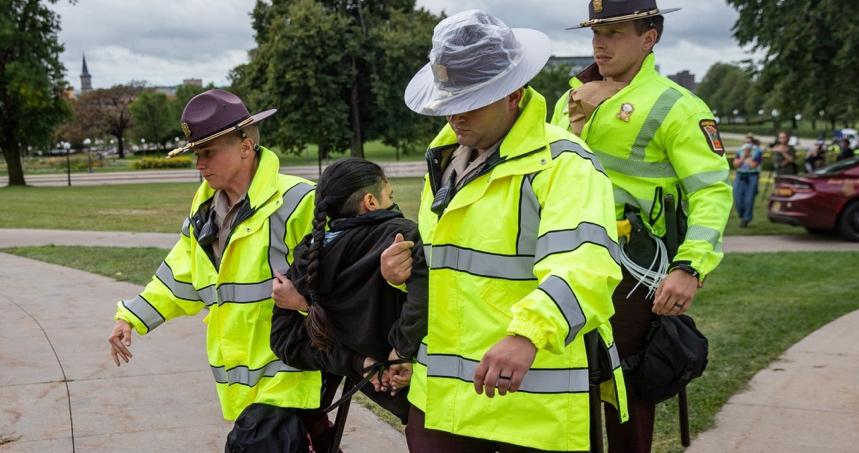
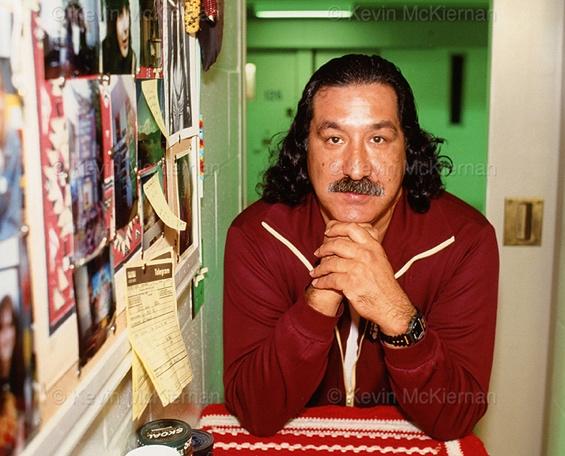
Their rights and treaties are still trampled on and ignored and they are effectively written out of the mainstream narrative. “Peace and good will to all men” should meaningfully include the Native peoples.

CovertAction Magazine is made possible by subscriptions, orders and donations from readers like you.
Blow the Whistle on U.S. Imperialism
Click the whistle and donate
When you donate to CovertAction Magazine, you are supporting investigative journalism. Your contributions go directly to supporting the development, production, editing, and dissemination of the Magazine.
CovertAction Magazine does not receive corporate or government sponsorship. Yet, we hold a steadfast commitment to providing compensation for writers, editorial and technical support. Your support helps facilitate this compensation as well as increase the caliber of this work.
Please make a donation by clicking on the donate logo above and enter the amount and your credit or debit card information.
CovertAction Institute, Inc. (CAI) is a 501(c)(3) non-profit organization and your gift is tax-deductible for federal income purposes. CAI’s tax-exempt ID number is 87-2461683.
We sincerely thank you for your support.
Disclaimer: The contents of this article are the sole responsibility of the author(s). CovertAction Institute, Inc. (CAI), including its Board of Directors (BD), Editorial Board (EB), Advisory Board (AB), staff, volunteers and its projects (including CovertAction Magazine) are not responsible for any inaccurate or incorrect statement in this article. This article also does not necessarily represent the views the BD, the EB, the AB, staff, volunteers, or any members of its projects.
Differing viewpoints: CAM publishes articles with differing viewpoints in an effort to nurture vibrant debate and thoughtful critical analysis. Feel free to comment on the articles in the comment section and/or send your letters to the Editors, which we will publish in the Letters column.
Copyrighted Material: This web site may contain copyrighted material the use of which has not always been specifically authorized by the copyright owner. As a not-for-profit charitable organization incorporated in the State of New York, we are making such material available in an effort to advance the understanding of humanity’s problems and hopefully to help find solutions for those problems. We believe this constitutes a ‘fair use’ of any such copyrighted material as provided for in section 107 of the US Copyright Law. You can read more about ‘fair use’ and US Copyright Law at the Legal Information Institute of Cornell Law School.
Republishing: CovertAction Magazine (CAM) grants permission to cross-post CAM articles on not-for-profit community internet sites as long as the source is acknowledged together with a hyperlink to the original CovertAction Magazine article. Also, kindly let us know at info@CovertActionMagazine.com. For publication of CAM articles in print or other forms including commercial internet sites, contact: info@CovertActionMagazine.com.
By using this site, you agree to these terms above.
About the Author
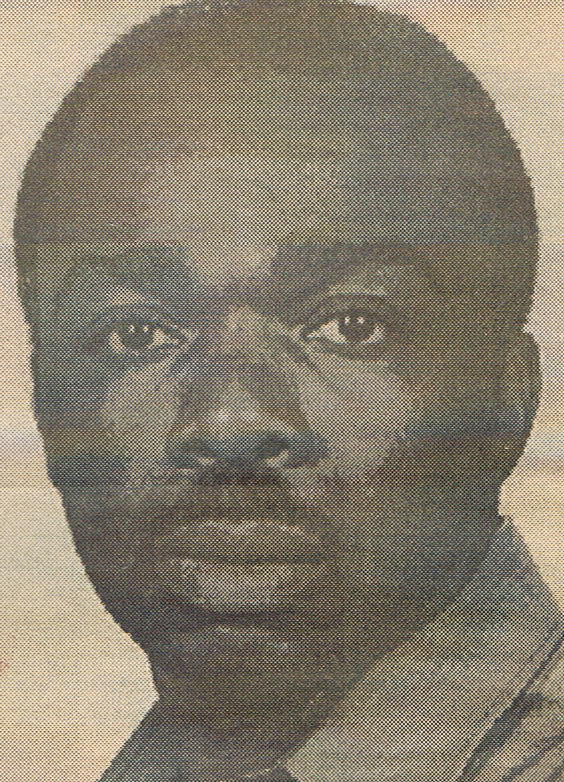
Richard Dunn is a retired construction professional, trained in Architecture and Energy Management.
He’s been a social justice activist since 1968 and was particularly active with the Walter Rodney defense demonstrations.
Richard is an author, a contributing columnist to newspapers, an editor for a music industry magazine and operates a social justice website.
Richard can be reached at: richarddunn75@gmail.com.


[…] Featured image: Burial of the dead after the massacre of Wounded Knee in South Dakota. U.S. Soldiers are shown putting Indians in a common grave; some corpses are frozen in different positions. [Source: wikipedia.org]The original source of this article is CovertAction Magazine […]
[…] Source: CovertAction Magazine […]
[…] Fuente: CovertAction Magazine […]
[…] Font: CovertAction Magazine […]
Excellent article about a shameful and tragic event in U.S. history and how it fits a pattern of shameful and tragic events in U.S., history. Thank you.
Just to clarify a minor point, Custer was with the 7th Cavalry Regiment, not Division.
Tim As an American…is that all what you have to say?
Where did he say he was American? Did you miss the part about it being a “minor point”?